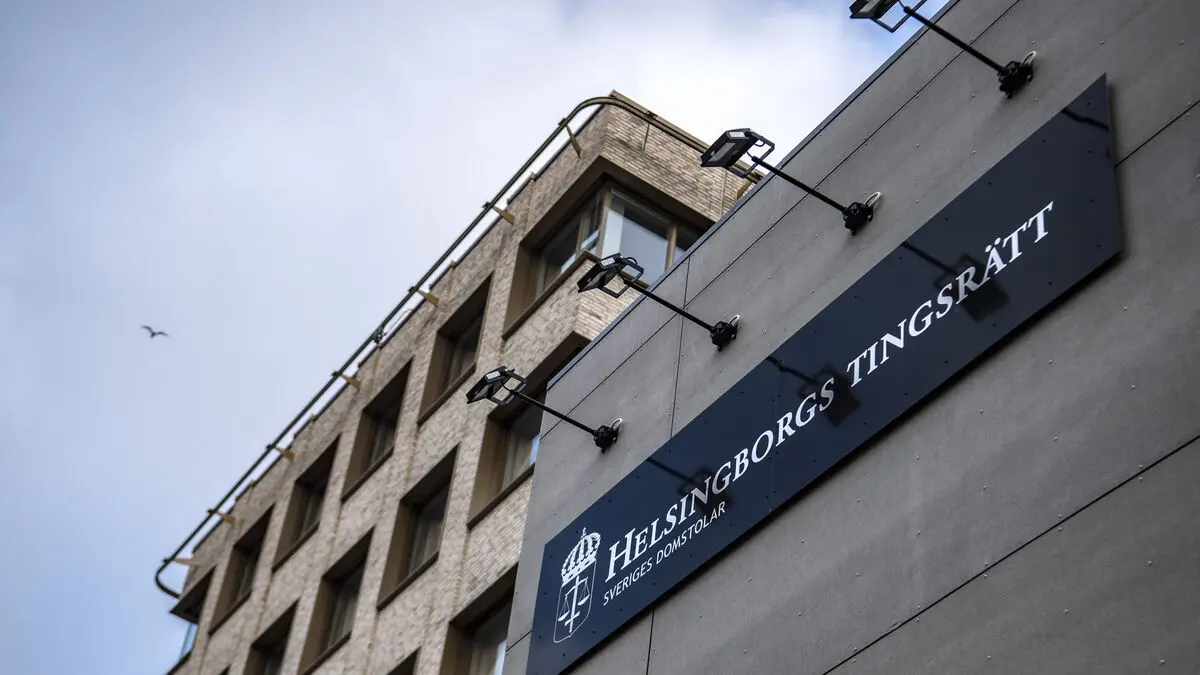Björn Lund, seismologist at Uppsala University, says that the waves after the earthquake have been in the lower range of what was calculated. In Hawaii, waves with a height of between 1 to 3 meters were calculated. At eleven o'clock Swedish time, the worst danger was deemed to be over for the state and then waves of 1.7 meters had been measured.
The danger of really big waves is probably largely over.
Continued danger
He warns at the same time that it is still dangerous near the coasts and that the waves can bring floods or other risks.
There, caution is still required and that's why they continue to evacuate along the American coast, in the Philippines and Indonesia.
Not until the afternoon will the tsunami waves reach Australia, New Zealand and South America. In several of the countries, only smaller waves are expected, while in Ecuador it may be up to three meters high.
We'll see a bit. It's also very local how the coast looks and how the sea rises towards the coast that determines how the wave grows.
Kamchatka Peninsula affected
There are, however, reports that the Russian Kamchatka Peninsula got four to five meter high waves. The peninsula is also close to the epicenter of the earthquake.
It has been said that there are a lot of demolished buildings but no one has died and that sounds incredibly promising, but we know how it usually is with large earthquakes, that the death toll rises over time as one comes forward.
The earthquake with a magnitude of 8.8 is the strongest since 2011. According to Björn Lund, it is a fault zone of 50 to 100 miles that has moved at once. After the earthquake, there have been several large aftershocks, including one with a magnitude of 7 and several with a magnitude of 6.
It's an incredibly large earthquake.





